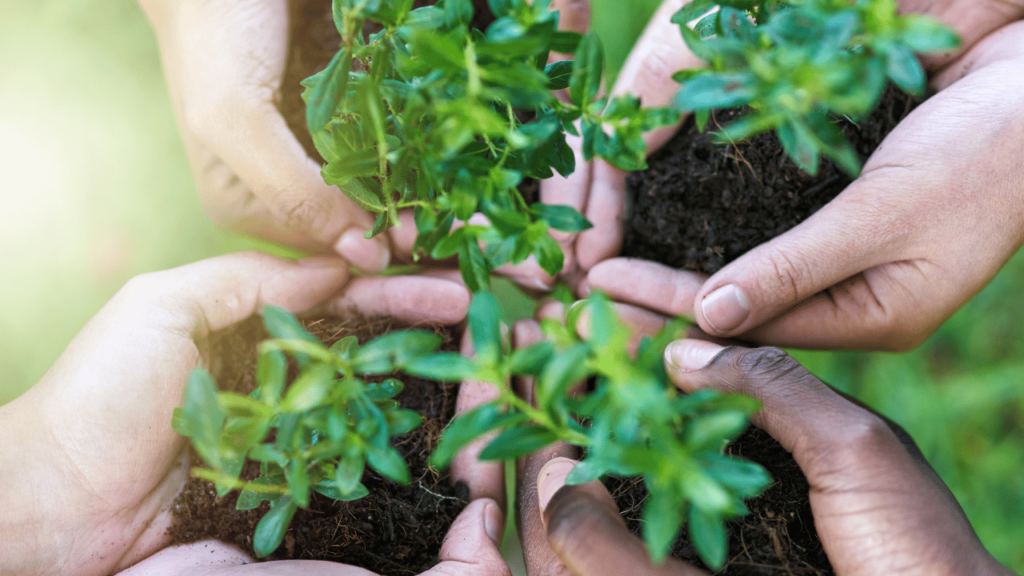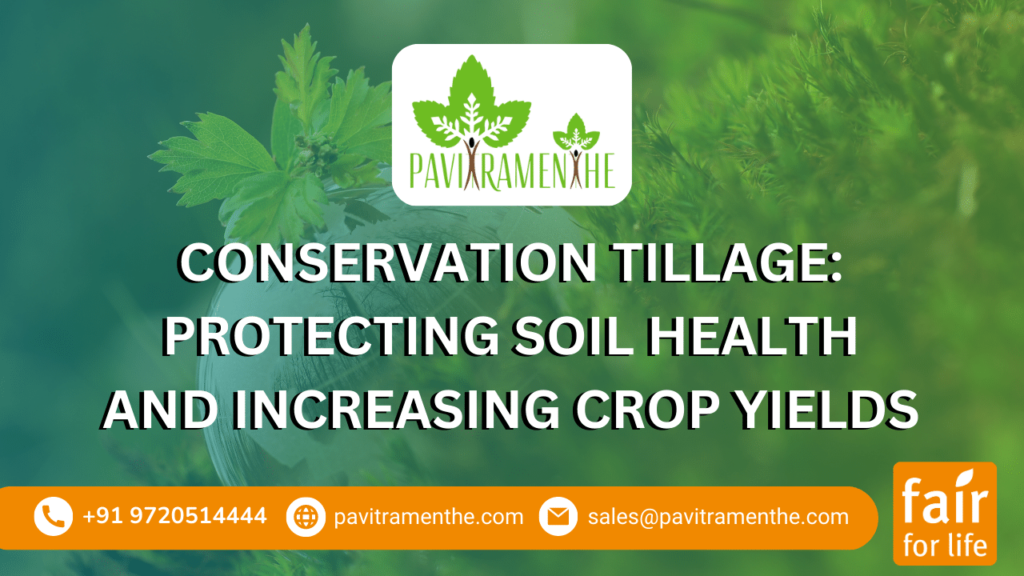Conservation tillage is a farming technique that involves leaving crop residues on the soil surface rather than tilling them into the soil. This technique is also known as no-till or reduced tillage.
Conservation tillage has several benefits, including:
Soil conservation: Leaving crop residues on the soil surface helps to protect the soil from erosion caused by wind and water.
Improved soil health: Conservation tillage helps to improve soil health by promoting the growth of soil microorganisms that help to break down organic matter and release nutrients.
Cost savings: Conservation tillage can reduce the cost of farming by reducing the need for tillage equipment and labor.
Reduced carbon emissions: Conservation tillage can help to reduce carbon emissions by reducing the amount of fuel needed to operate tillage equipment.
Conservation tillage is needed to address the challenges of modern agriculture, including soil erosion, soil degradation, and climate change. By reducing soil disturbance, conservation tillage can help to improve soil health and productivity, reduce greenhouse gas emissions, and conserve natural resources.Additionally, conservation tillage can help farmers to adapt to changing weather patterns, such as increased drought or heavy rainfall events, by improving water retention in the soil. It also promotes biodiversity and encourages the growth of beneficial organisms in the soil, such as earthworms and other beneficial insects.


In contrast to traditional tillage practices, conservation tillage minimizes soil disturbance and helps to preserve soil structure, which can improve the long-term health and productivity of the soil. It can also reduce the amount of chemicals needed for weed control and other inputs, further reducing the environmental impact of farming.
While conservation tillage has many benefits, it can also present some challenges, such as increased weed pressure and the need for specialized equipment. However, with proper management and the use of appropriate tools and techniques, conservation tillage can be a highly effective and sustainable approach to modern agriculture.Conservation tillage can be used in a variety of cropping systems, including row crops such as corn, soybeans, and cotton, as well as small grains and vegetable crops. The specific practices used will depend on the crop, soil type, and other factors, but may include techniques such as planting cover crops, using precision planting equipment, and carefully managing re
Read This Article:
Cover Cropping & its Benefits
In recent years, there has been growing interest in conservation tillage as a sustainable farming practice. Many government agencies, NGOs, and industry groups offer programs and incentives to encourage the adoption of conservation tillage practices. In addition to the environmental and economic benefits of conservation tillage, it can also help to improve the resilience of agricultural systems in the face of climate change and other challenges.
Read Also-
Conservation Tillage: Protecting Soil Health and Increasing Crop Yields
Cover Cropping & its Benefits
Crop Rotation and its Benefits
Floor Price Discussion with Farmers: Ensuring Fairness and Sustainability
The Impact of Fair for Life Stores: Driving Positive Change in the Supply Chain:
Health Benefits of Organic Herbs & Spices: A Natural Path to Wellness
Conservation of Biodiversity: Our Planet’s Ecological Wealth
Strong Mandate on Carbon Footprint
What is composting and its benefits
·

